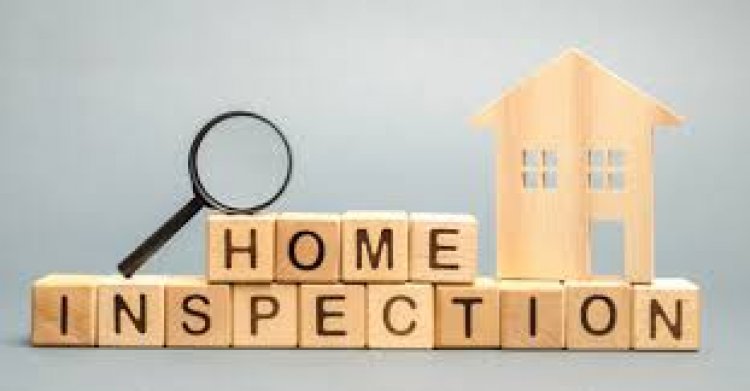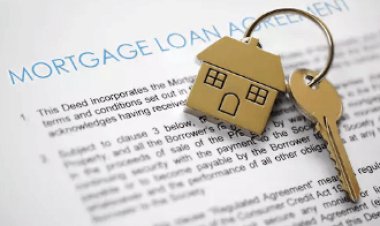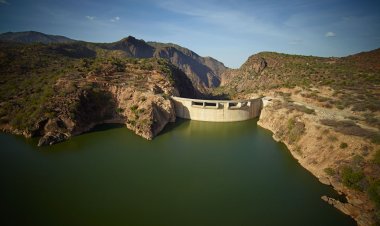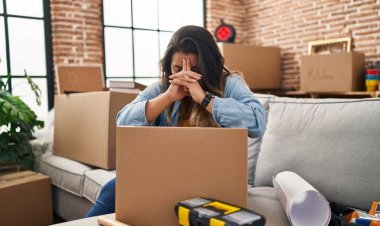How Home Inspection Works
This is the checklist on what your dream home should have. Home inspectors ensure everything about the perfect home is in place.

Examination of the property is the safeguard that the seller's property matches the financial value of the buyer. Additionally, home inspection reveals the extent to which renovation should be done. The following are the home inspection checklist;
Foundation
Was the property's foundation done to the professional building standards? Were all health hazards put in place? Checking the foundation ensures the property will not pose problems in the future.
Interior
The extensive interior areas to observe include windows, doors, areas around the sinks, window frames, floors, washrooms, electrical outlets and ceiling boards.
Exterior
This is an important area as it is the first impression or first selling point of a house. The inspection includes aspects such as drainage, yards, septic tanks, exterior paints, fencing and chimney. Furthermore, it is essential to check if gutters are working properly.
Staircase
The safety of a staircase cannot be underestimated. Poorly done staircase is ripe for accidents. Prevention is better than cure and so staircase should not be slippery. Additionally, it must be built to the required professional standards.
Ventilation
Property should be well circulated with air. The right ventilation averts hazards such as accidental fires. Indoor ventilation should follow professional structural guidelines.
Appliances
All electrical appliances should work properly. Purchasing property with appliances that do not work well incur cost on the seller. Wiring of the house should be done while adhering to all electrical guidelines.
Back up generator.
Electricity is literally the driver of all home operations. Back up generator is handy in dealing with disruptive electricity rational.
Therefore, we note that home inspection guarantees the value of the property is not exaggerated or undervalued.

































